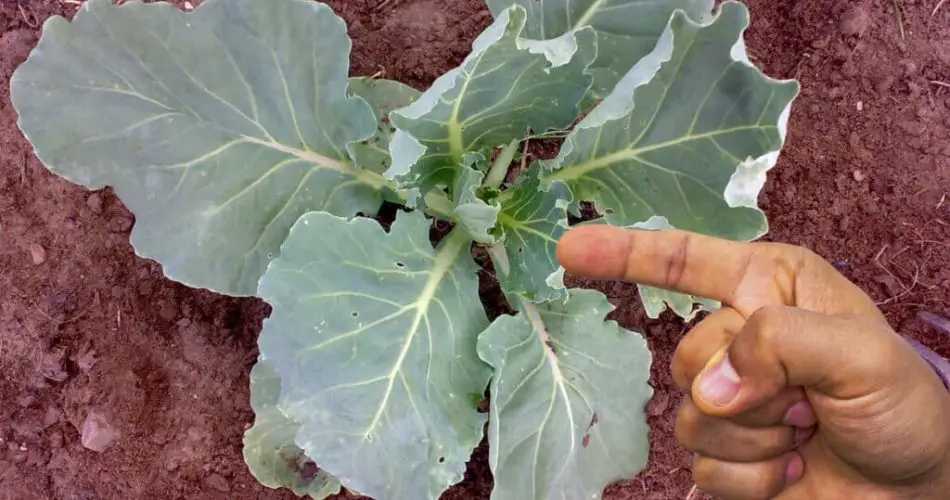Growing cabbage can pose several challenges, from seedling survival to pest issues. One common problem is when the cabbage appears healthy and green, yet fails to form heads.
When Are Cabbage Heads Formed?
Understanding when cabbage heads develop is crucial. This process varies by variety: early varieties form heads in summer, while late varieties do so in late summer or early autumn. Generally, cabbage heads start to form about two months after sowing, once the plant has developed 10-20 leaves.
Reasons Cabbage Heads Fail to Form
If your cabbage has not formed heads after the expected timeframe, several factors may be at play:
- Poor Quality or Unsuitable Seeds: Using seeds of low quality or those not suited for your climate can hinder head formation.
- Insufficient Light: Cabbage requires ample sunlight. If it’s grown in the shade, it may stretch upward rather than forming heads.
- Acidic Soil: Cabbage thrives in neutral soil. Acidic conditions should be corrected by adding ash or dolomite flour.
- Incorrect Planting Location: Rotating crops is vital. Planting cabbage in the same spot as previous cruciferous plants can negatively impact yields. Opt for planting after onions, legumes, or nightshades.
- Temperature Effects: Cabbage can struggle to form heads in both extreme heat and cold. The ideal growth temperature is between 17-20°C.
- Inadequate Watering: Cabbage needs consistent watering, especially in hot weather, as it loses moisture rapidly. Ensure the soil is well-moistened to a depth of 30 cm. Regular loosening and mulching can also help retain moisture.
Promoting Cabbage Head Formation
To encourage the formation of heads, cabbage requires optimal light, temperature, and nutrients. Consider these feeding options:
- Yeast and Jam Fertilizer: Combine 100 g of yeast with 0.5 L of jam and 10 L of water. Let the mixture sit, then dilute 1 cup of this mixture in 10 L of water to water your plants.
- Manure and Ash Solution: Mix 0.5 L of fresh manure with 40 g of ash and 10 L of water. Allow it to sit for several days to let ammonia evaporate, then apply 1 cup per bush.
- Boric Acid Treatment: Dissolve 2 g of boric acid in 1 L of hot water, then add 9 L of cold water. Spray the cabbage with this solution on dry days.
Conclusion
If you’re facing challenges with head formation in your cabbage, consider factors like seed quality, light exposure, soil acidity, planting location, temperature, and watering practices. Applying the right fertilizers and treatments can significantly boost the chances of a fruitful harvest!
